Category: Performance & Efficiency
The performance of individual panels and whole systems is important to know when sizing a system fro your home.
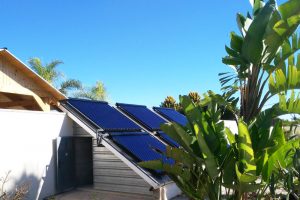
The amount of power a home uses in Watts will depend on the size of the home and the appliances being used. A typical home will consume 18,000 – 24,000 watts per day. In a week, an Australian household will consume 126,000 – 168,000 watts. The monthly consumption will total 540,000 – 720,000 watts. Factors …
Continue reading “How Many Watts Does A House Use Per Day, Week, Month”
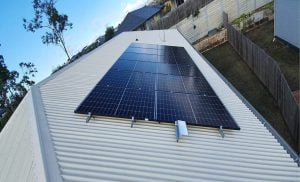
Choosing to go for a bigger solar system basically involves adding a few more panels than what you really need, in order to produce excess power. However, why is this done? When you install the “correct size” solar system (without a battery) you can essentially save about 90% off your power bill. Oversizing the system …
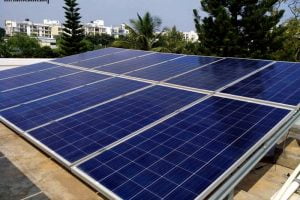
5kw solar systems have been installed by many households in Australia. They produce sufficient power to run an ordinary home as efficiently as when using grid electricity. You can run a washing machine, air conditioner, fridge, water heater, oven, and TV with a 5kw solar system. If you have these appliances in your home, a …
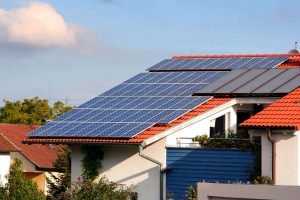
When installing a solar power system in your home, consider your electricity usage to determine the capacity of the solar system you need. A 6Kw solar system produces about 24kWh per day. These are enough units to power a regular household for the day. Many Australian households consume 20 – 24kWh of power per day. …
Continue reading “How Much Power Does A 6kW Solar System Produce”
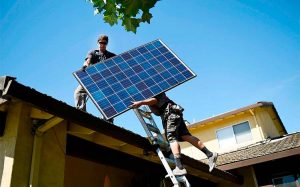
A 6kW solar system is highly favoured among various options, ideally suiting the common energy use trends seen in the average Australian home. For a bit of reassurance and to exactly show what a 6kW setup is capable of, we’ve spent some time researching and listing the daily energy consumption of average household appliances, aiding …
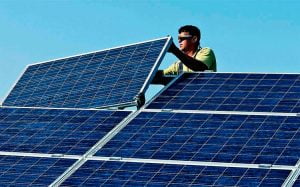
Solar panel needs to be at a specific temperature for peak efficiency. The hotter your solar panels get, the less power they produce. Standard solar panels are at peak efficiency with surface temperatures between 15 degrees Celsius and 25 degrees Celsius. Anything above that reduces their output. The degradation is linear as temperatures increase. Are …
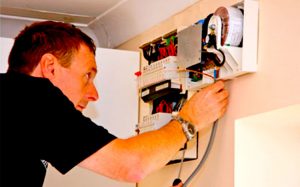
If your roof experiences partial shading, you will need a power optimizer to turn your panels into smart modules, maximizing your solar system’s power output. Power optimizers are installed on individual PV solar panels to track individual panels in real time and then regulate their output. They then deliver the energy to a centralized solar …
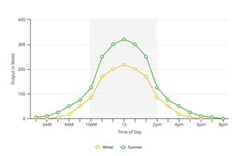
The Australian market is currently flush with a variety of solar panel brands, making the search for a solar panel system that boasts a solid efficiency rating potentially quite challenging. Below, we’ve put together a table of the top ten most efficient solar panel brands in the market. Since manufacturers produce several solar panel models, …

When looking to place solar panels on your roof, one of the key factors you’ll have to consider is their size and output. Solar panels come in the standard 1.70m x 1.0m dimensions with an output ranging between 250 – 440 watts. While output varies, in most cases the size of the single solar panel …
Continue reading “Solar Panel Dimensions and Output and Weight”
